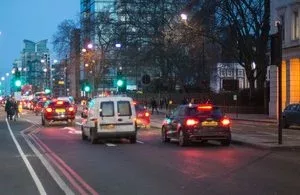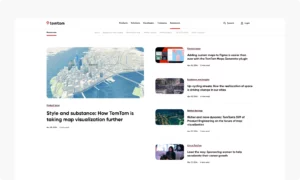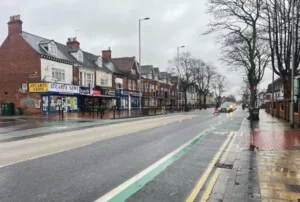Travelling across London took an average of 36 minutes and 20 seconds to travel 6.2 miles (10 km) in the centre of the capital in 2022, new TomTom research has found.
That was almost two minutes slower than 2021 and represents the longest time for a journey of that distance out of 389 cities in 56 countries last year.
Transport for London (TfL), which manages London’s roads, says it is working with the city’s boroughs.
TomTom’s Andy Marchant said people switching to road transport during rail strikes had increased congestion, reports the BBC.
Other UK cities ranked in the top 50 for congestion were Manchester in 24th place with 23 minutes and 10 seconds, Liverpool in 32nd place with 22 minutes and 20 seconds, and Edinburgh in 42nd place with 21 minutes and 30 seconds.
India’s Bengaluru had the second slowest time at 29 minutes and 10 seconds, followed by Dublin, Ireland, at 28 minutes and 30 seconds, and Sapporo, Japan, at 27 minutes and 40 seconds.
Analysis of the cost of driving, based on the price of petrol, diesel, and charging an electric vehicle (EV), and taking into account the impact of congestion on fuel consumption, found that London was also the world’s second most expensive city to drive in last year, behind Hong Kong.
Also in the top 50 list for the cost of driving was Bristol in 19th, Brighton in 41st, Manchester in 47th and Edinburgh in 48th place.
Geolocation technology specialist TomTom also found the cost of using fast EV charge points in London was among the highest in the world last year, said the BBC report.
To drive 10,000 miles (16,000km) in London last year, people charging their cars in this way spent about £2,055, compared with £1,969 in Paris, £1,888 in Brussels, £1,794 in Berlin and £1,220 in New York.
Mr Marchant said: “Due to the configuration of the road network in central London, travel times even without traffic are some of the highest in the world.
“This doesn’t mean that London is the most congested city in the world.
“However, there is a clear link between increased traffic congestion and London’s slowest average speed in 2022.
“While strike action caused traffic congestion levels to soar, better traffic management based on real-time data intelligence is needed throughout the year to ensure viable traffic flows and the efficient use of city infrastructure.”
Carl Eddleston, TfL’s director of network management and resilience, said: “We want to make sure Londoners can move around the capital as safely, sustainably and efficiently as possible and we’re working closely with the boroughs to ensure London’s road network plays a vital role in this.
“Our 24/7 control centre uses a wealth of data to help Londoners move around the capital. Investment in walking, cycling and public transport has also made it easier to choose sustainable ways of travelling that make more efficient use of road space.
“We’re determined to address the triple threat posed by congestion, the climate emergency and the capital’s toxic air and will continue to work with the mayor to do this, including by expanding ULEZ to cover the whole capital by August 2023.”





















